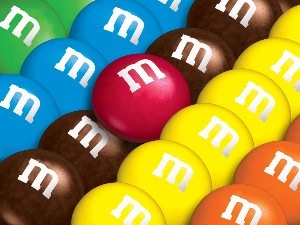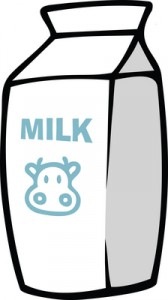Procrastinate: to delay or postpone action; to put off doing something.
Do you find yourself wandering to the refrigerator/vending machine/food truck/coffee shop . . . when you have something to do that you really don’t want to tackle?
Email viewers — you might have to go to the web to view the video. Just click on the MyFoodMAPs link.



